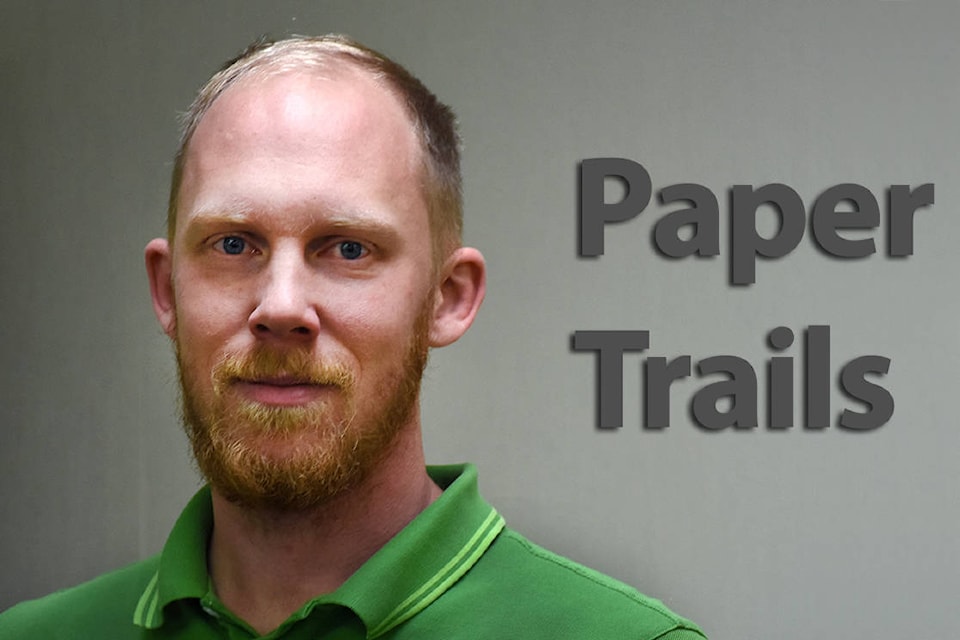Imagine a 13-year-old kid. It really doesn’t matter what this imaginary kid looks like. Boy, girl, rich, poor, big, small, brash, shy. Any skin colour or religion will do.
Just think of a kid, and get a good picture of them in your mind. Fill out your kid’s story. Figure out what he or she looks like. Think of what they like to do after school. Imagine their parents, their siblings, their pets.
Get to know that kid. And now duplicate him or her: Make an exact replica. Send your identical kids to live in identical worlds. Let them live parallel lives attending the exact same school with the exact same kids.
Think of the kids’ school lives for a second. They are the exact same in all respects. Maybe they’re on a sports team, or maybe they’re in an arts club. Maybe they have a ton of friends, or maybe they don’t have many. Just make sure those two worlds are identical.
And now, here’s the point of our exercise: Take one of those two identical worlds and insert a single variable.
In one world, Kid A trips into a classmate and knocks a drink out of his or her hand. That classmate turns and shoves the kid. The kid stumbles backwards, but is uninjured and goes about their day.
In the other world, the classmate reacts by spreading a rumour that Kid B is gay. The rumour spreads throughout the school.
And here’s the rhetorical question that’s the point of this exercise: Which kid is more likely to end up committing suicide?
It doesn’t even matter if the kid is actually gay or not; you know the answer to this.
Now change one more thing: Imagine if both imaginary kids, including Kid B, are gay. Now imagine the consequences of that rumour spreading.
You don’t need real-life statistics to know that a gay kid who is bullied about who they are will be more likely to hurt him or herself than an LGBT kid who is not bullied for their sexuality.
Yes, I know. Many kids – gay and otherwise – don’t try to commit suicide because of bullies. The kid probably isn’t going to end up killing him or herself. That’s why that sentence says “more likely,” not “likely.” But suicide rates are higher. Kids die. And even if self-harm is never considered, being bullied for something that sits at the core of your identity is hurtful. This is not debatable.
Which brings us around to pride flags and SOGI.
We’re so used to seeing the word “pride” now that people wonder why straight people don’t hold such events or hang flags from their decks.
So let’s spell this out: Straight people don’t hang straight pride flags because they didn’t grow up getting called “straighty” or “hetero” as an insult. Even if you’re straight, you know this because you, like me, may recall someone having tried to insult you with a homophobic slur.
I didn’t have to reconcile someone’s hate with my own identity. Others do, every day. So to show their personal and community strength, they have created pride events and displays. It’s brave and to be applauded and supported.
I get that people get confused by pride displays. They ask why some “flaunt” their sexuality. But next time you deride the existence of a rainbow sidewalk (or a column like this), think about how often you’ve felt unsafe or unwelcome because of your own sexuality.
And when you wonder about anti-bullying education efforts, think of that imaginary kid in your brain. The one more likely to end up depressed or dead because of bullies. Then try arguing that the way things have always been done is good enough.
Tyler Olsen is a reporter at The Abbotsford News.
@ty_olsen
Do you have more information? Email: tolsen@abbynews.com
Like us on Facebook and follow us on Twitter
